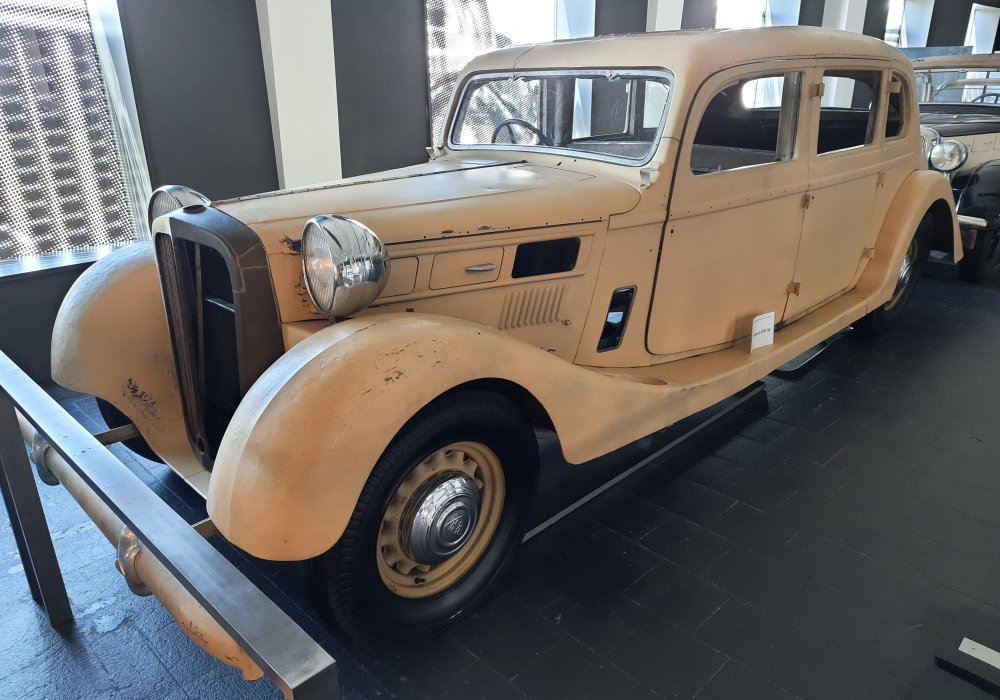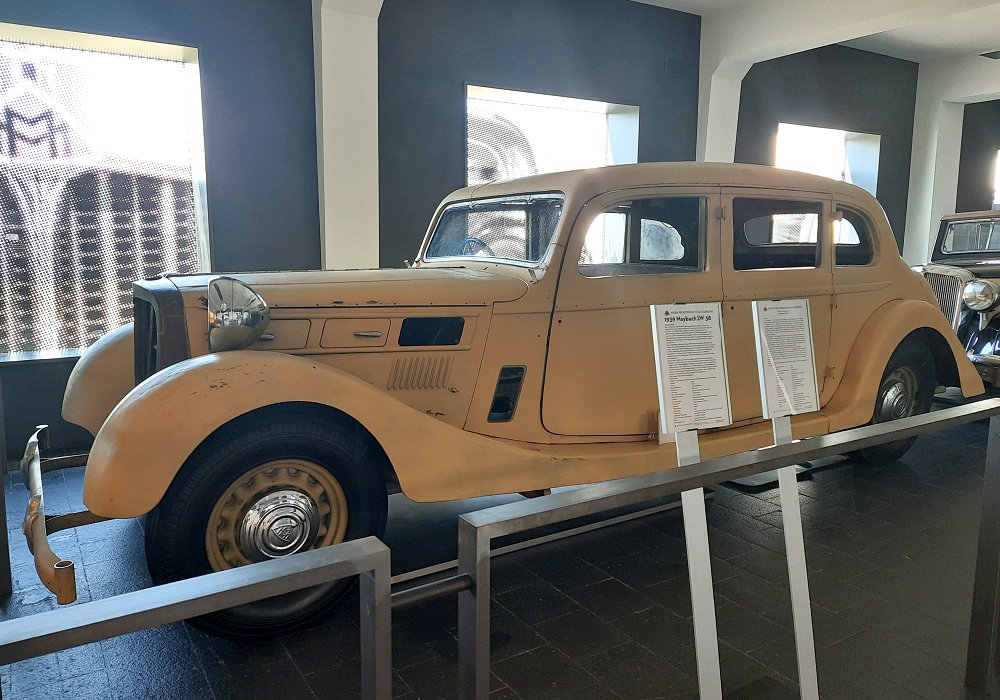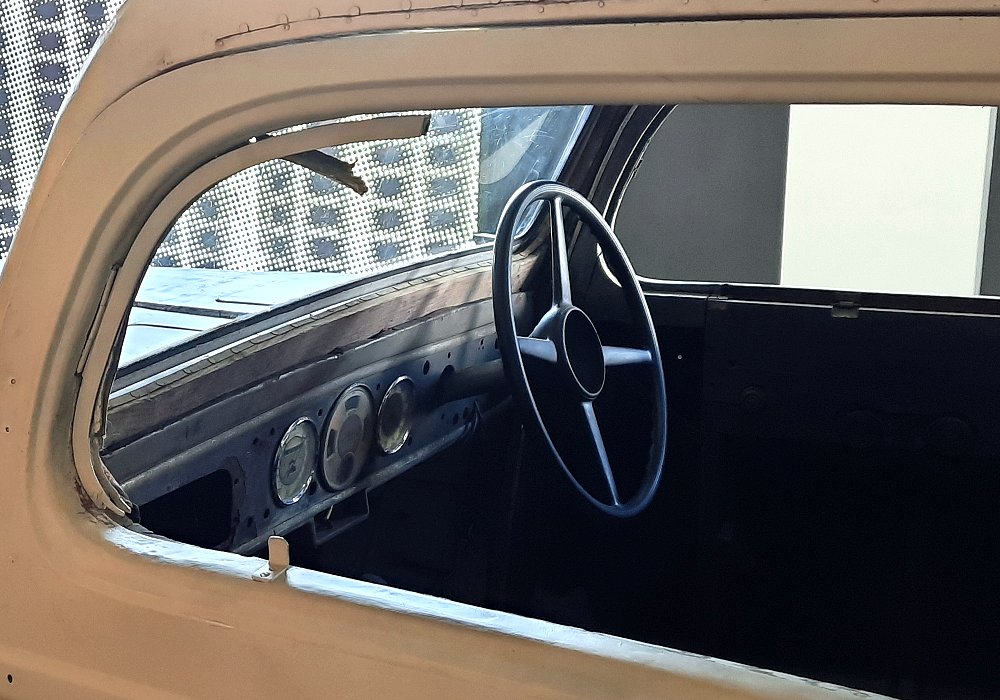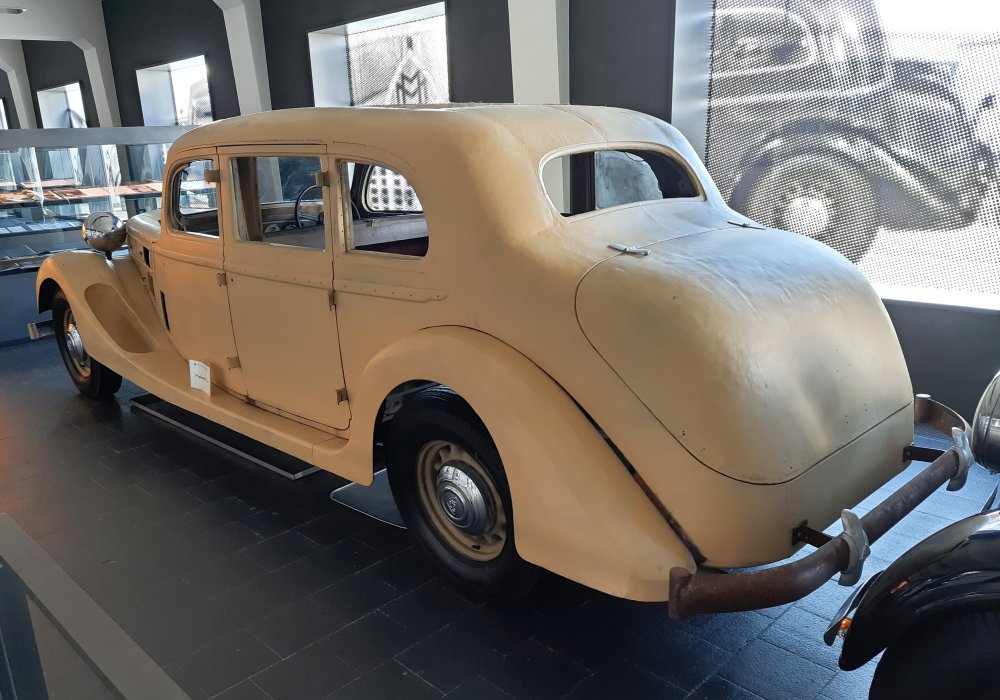Description
The Maybach SW 38 Spezial-Pullman-Limousine by Spohn was among the most majestic, rare, and technically advanced luxury automobiles produced in Germany before the Second World War. Built on the refined SW 38 chassis and bodied by Spohn — Maybach’s closest and most prestigious coachbuilding partner — it represented the absolute pinnacle of bespoke chauffeur-driven motoring. Larger, more elaborate and even more luxuriously appointed than the standard Pullman-Limousine, the Spezial variant was created only for the wealthiest and most influential clients. It stands today as one of the ultimate expressions of Maybach’s engineering sophistication and Spohn’s coachbuilding artistry.
The SW 38 chassis, introduced in 1936, formed the foundation of this exceptional car. It was powered by a 3.8-litre straight-six engine featuring a clutch-operated Roots-type supercharger. The engine produced around 150–160 horsepower, making it one of the most powerful German luxury power units of its era. Smooth, quiet and immensely flexible, it demonstrated Maybach’s expertise in precision aero-engine engineering. In a massive limousine body such as the Spezial-Pullman, the engine delivered quiet, unhurried strength, allowing the car to travel at high cruising speeds with effortless authority.
One of the SW series’ greatest achievements was its suspension. The Schwingachse independent swing-axle setup at the rear, combined with independent front suspension, provided a ride quality that far surpassed the rigid-axle designs still used by many luxury marques. This advanced configuration allowed the Spezial-Pullman-Limousine to glide over rough surfaces while maintaining exceptional stability, a vital characteristic for a heavy chauffeur-driven car intended for long journeys and formal regalia. The combination of a long wheelbase, refined damping and a rigid box-section chassis gave the SW 38 unmatched comfort and composure.
Maybach’s semi-automatic preselector gearbox further elevated the driving experience. Paired with a torque converter, it allowed smooth, clutch-free shifting in most circumstances, ensuring that passengers remained undisturbed during acceleration or gear changes. This system helped the car achieve one of its most important qualities: serene, near-silent motion.
The Spezial-Pullman-Limousine body by Spohn was the car’s true crowning feature. Spohn’s Ravensburg workshop, already renowned for its mastery in crafting Maybach bodies, reserved its most elaborate and prestigious designs for Spezial commissions. These bodies were longer, more formal and even more meticulously detailed than the standard Pullman designs. The Spezial-Pullman typically featured an extended rear cabin, taller doors, refined roof contours and more ornate body lines. Proportions were carefully balanced to project grandeur and presence, creating a vehicle that conveyed authority without excess ornamentation.
Inside, the Spezial-Pullman-Limousine represented the very highest level of German luxury craftsmanship of the 1930s. The rear compartment was a private salon, often separated from the driver by a division window. Seating could include deeply cushioned armchairs, a full-width bench or individual folding seats depending on the owner’s preference. The cabin was trimmed in the finest leathers or tailored cloth, complemented by polished hardwood paneling, intricately machined metal fittings and thick wool carpeting. Amenities could include fold-out writing desks, vanity cabinets, crystal smoking sets, heater units, reading lamps, intercom systems and custom storage designed to the original owner’s specifications. Every detail was handcrafted and individually commissioned.
On the road, the SW 38 Spezial-Pullman-Limousine delivered smooth, quiet performance befitting its stature. The supercharged straight-six provided steady, low-rev torque ideal for chauffeur-driven operation. The independent suspension absorbed imperfections with ease, and the limousine maintained remarkable stability at any speed. Steering was steady and deliberate, well suited to the car’s size, while braking performance was strong for a vehicle of its era. Contemporary reports praised Maybach’s ability to combine refinement with modern mechanical sophistication, and the Spezial-Pullman exemplified these qualities.
Production numbers were exceedingly small. Spezial-Pullman-Limousines were built only to individual order, each one requiring extensive custom work and priced at the very top of the luxury market. As a result, surviving examples are rare and often considered among the most historically significant pre-war German automobiles.
Today, the Maybach SW 38 Spezial-Pullman-Limousine Spohn stands as an extraordinary representation of pre-war luxury, engineering excellence and bespoke craftsmanship. It embodies the finest qualities of Maybach and Spohn at their peak, combining technical innovation with regal elegance. As one of the most exclusive body styles ever mounted on a Maybach chassis, it remains a masterpiece of European automotive history — a commanding, beautifully executed symbol of prestige in the final years of pre-war luxury motoring.





